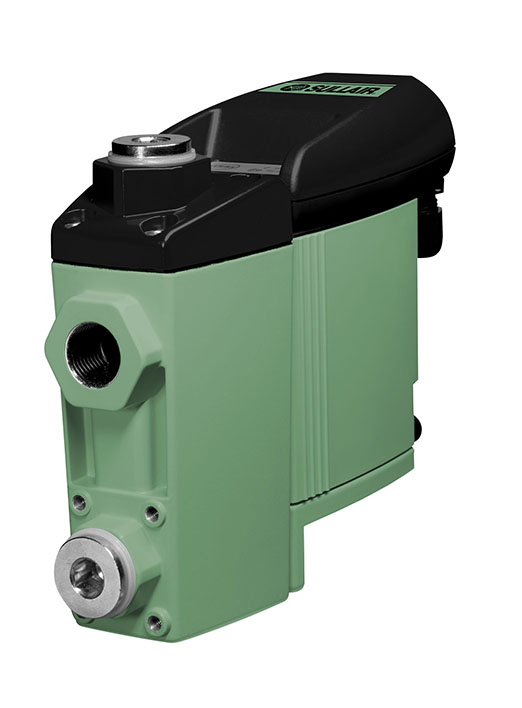
You’re familiar with the old saying “The Devil is in the details,” right? The thing about old sayings is that they are right – at least some of the time. When it comes to your compressed air system, the Devil is definitely in the details, and one of those details is your drains.
Drains, you ask? Why are drains so important? And if they’re so important, why are they a detail? Valid questions, all.
Let’s start with “Why are drains so important?” Drains in a compressed air system allow water to escape from the system, protecting process piping and equipment downstream from corrosion, scale, fouling, and so on. Water is among the biggest and most fearsome foes of your air system.
How does water get into the system to start with? Air compressors ingest ambient air. Ambient air is mostly nitrogen, with oxygen and trace other gases along with particulate contaminants and water vapor. Compressed air cannot hold the same amount of water vapor as ambient air, so the moisture eventually condenses and must be removed.

Liquid water condenses from the water vapor as the compressed air is cooled, and then is removed by moisture separators and by settling due to gravity. In any event, once the liquid water, or condensate, is collected, it must be removed.
A drain allows the liquid water to be removed while hopefully minimizing the discharge of compressed air.
In industrial facilities, you will see everything from a valve cracked open or a V-notch valve to a timer drain or a no-loss drain used to remove condensate. You may even see the good-old “manual drain” meaning Sam from maintenance comes by twice a day to open the valve. Unless he is on vacation or sick. Then the drain is “inoperable.”
Any drain that remains open all the time is also known as an “unproductive or inappropriate use of compressed air.” You could also call it a leak.
A timer drain usually has a strainer upstream of the reduced port valve so that particulates do not clog the valve. Handily enough, the strainer will foul and plug instead, rendering the timer drain just as ineffective as if the valve itself were clogged. The strainer is easier to clean, though.
The way to go when it comes to drains is a no-loss drain. There are many styles and sizes; but there is one for every application. They are called no-loss for a reason; no compressed air is lost when the drain opens to discharge condensate. Typically, a small amount of condensate is retained in the drain; much like the water that remains in the trap on your home sink drain piping.
Many no-loss drains use capacitance to sense the presence of moisture. As additional benefit, they often include self-clearing functions if it is sensed that the reservoir remained full after a discharge cycle. These drains usually have a visible fault indicator so that Sam from maintenance can see the fault when he is walking the plant. If you expect Sam to be on vacation, the dry contacts usually provided can be wired to a control panel to remotely indicate a drain failure.
Why would we consider a component as important as a drain a detail? The drain is likely the least expensive component in the system. Many capacitance-style no-loss drains can be purchased for less than $500. The high-tech Variable Speed Drive (VSD) controlled refrigerant dryer you purchased for $50,000 will not provide you dry air if the $500 drain isn’t working correctly. Ah, the details.
Speaking of the cost of drains, how much does it cost you to operate a leak, or rather a partially opened valve for “continuous draining operation?” Consider the opened valve as a 1/8″ (3.2 mm) opening and your compressed air system is operating at 100 psig (7 bar). If your blended power cost is $0.10/kWh, the operating cost of this drain exceeds $4,000 per year. The ROI on that $500 no-loss drain would make your CFO, Ebenezer Scrooge, smile.
A properly designed compressed air system will have multiple drains. Required drain locations include: moisture separator discharge, filters, receivers, and piping dead legs. Any low point in the piping should have a drain.
Don’t forget that the condensate must be managed. Be sure that the discharge of any drain goes to an approved location. Approved locations exclude the ground, the roof, the floor, and a stream. Be sure to consult your EH&S department, environmental permits and/or your municipal sewer provider before discharging condensate anywhere.
Want to know more about drains, how to size them and where they should be installed? Call your local compressed air system professional for a walk-through of your plant today. Put the right drain in the right place and address at least one “Devil” in your plant.
Use the checkboxes to select the types of cookies you want to accept, then press the “Save Settings” button. View our Privacy Policy.